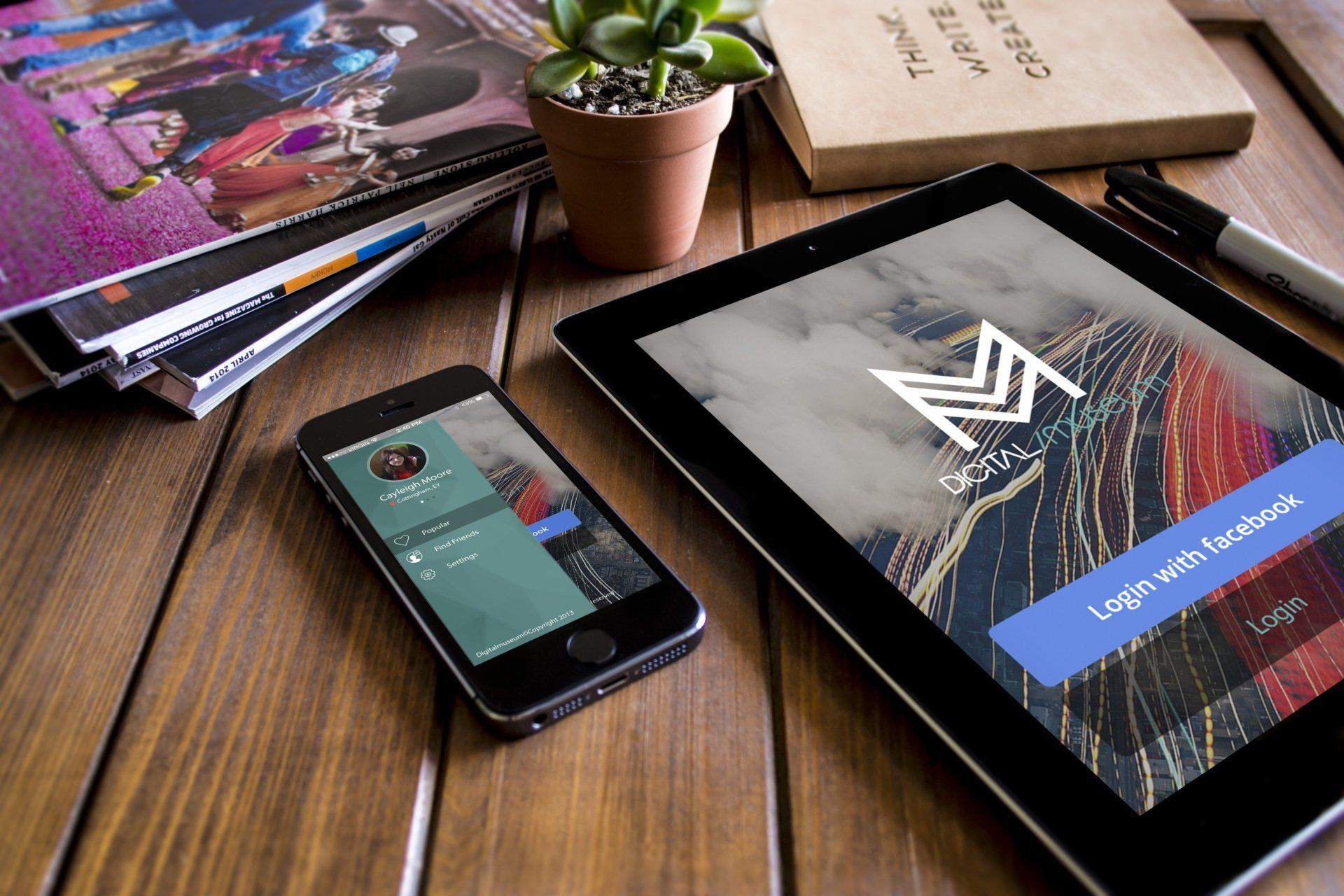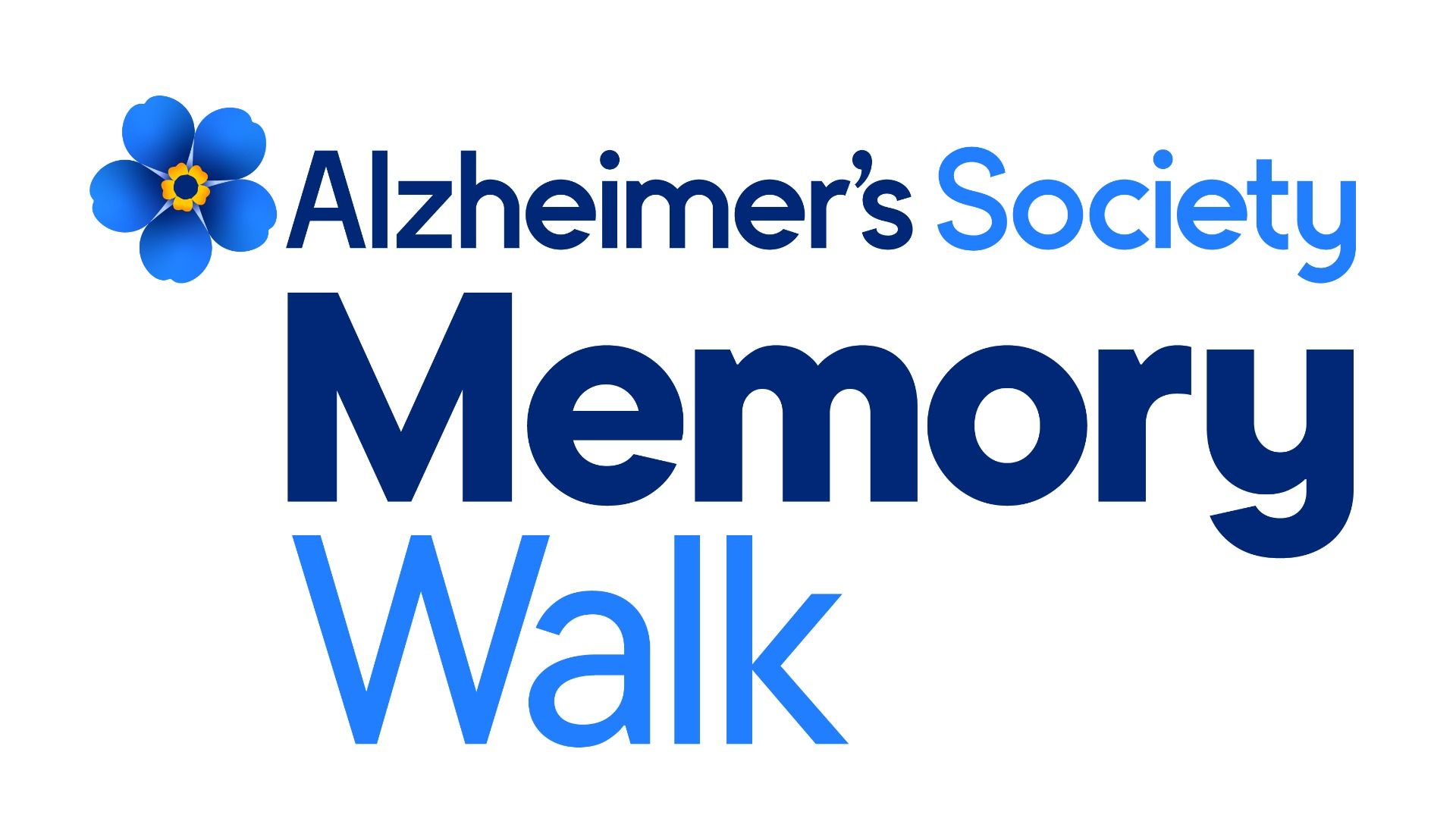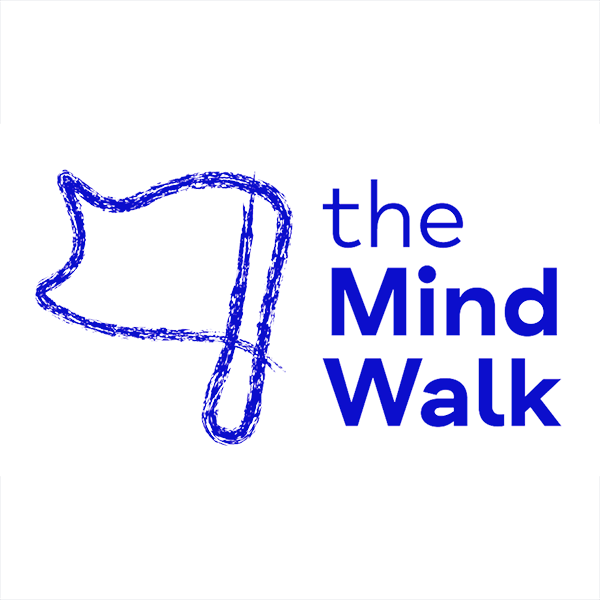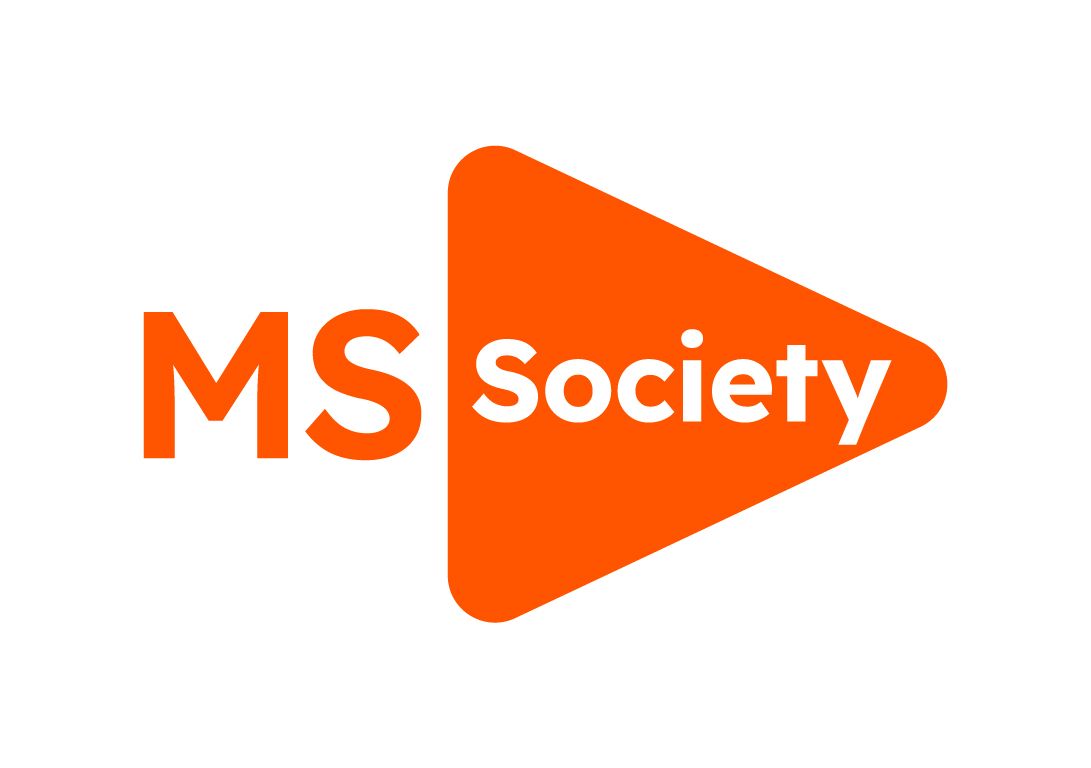CASE STUDY
Evolving Museum Experience
through Application Design
Discovering our history in the 21st century way
Are you ready to witness a revolutionary transformation in the way we experience museums? Get ready to be blown away by the Evolving Museum Experience!
Gone are the days of mundane museum visits, where we trudge along reading lifeless labels and glancing at stagnant displays. The Evolving Museum Experience breathes new life into museums by introducing state-of-the-art technology, interactive exhibits, and captivating environments that will leave you in awe.
Say hello to virtual reality tours, mind-bending augmented reality displays, and 3D projections that make you feel like you're stepping into another world. This is not just a museum visit, it's a thrilling adventure that will leave you with a renewed love for history and art.
Goals
Our mission is to create a seamless and personalized experience for museum visitors. We've designed a user-friendly interface that allows easy access to information about exhibitions and museum collections.But we don't stop there! We want visitors to feel like they have control over their experience. That's why we've created a feature that lets them create their own itinerary and save their favorite artworks.
And for those who can't physically visit the museum, we've got you covered too! Our virtual tour feature allows visitors to preview exhibitions and collections from the comfort of their own home. With multimedia content such as audio guides, videos, and 360-degree views, visitors can get up close and personal with the artworks and exhibits like never before. We also believe in sharing the experience with others. That's why we've made it easy for visitors to share their favorite moments on social media. So come explore the museum and share your experience with the world!
Process
The museum app development process involved extensive research and collaboration between the design team and museum staff. The team took a user-centric approach and conducted thorough research to gain insight into the needs and preferences of museum visitors. They worked closely with museum staff to identify the essential features of the app and ensure it aligned with the museum's mission and goals.
Using wireframes, the team visualized the app's interface and navigation and sought feedback from both museum staff and visitors. User testing was conducted to gather insights on the app's functionality and user experience, ensuring that the final design was intuitive, user-friendly, and aligned with visitor needs.
Ultimately, the app's final design incorporated feedback from both museum staff and visitors, resulting in an innovative and engaging platform that provides a personalized and immersive experience for visitors.
Result
Visitors enthusiastically embraced the museum's new application, praising its user-friendly design and personalization options. The app received glowing reviews on app stores, with many users commending its ease of use. The museum also saw an uptick in visitor engagement and interaction with the exhibits and collections, likely due to the app's multimedia content and personalized itinerary creation feature. The virtual tour option proved particularly popular, as it allowed visitors to preview the exhibits beforehand and plan their visit accordingly.
Conclusion
The design of an application used in museums can greatly influence the visitor experience. By prioritising a user-friendly interface and personalized experience, museums can elevate the visitor experience and deepen the appreciation for the exhibits and collections on display. The success of this case study demonstrates the importance of considering visitor needs when designing museum applications, and the potential benefits that technology can bring to the museum-going experience.





















